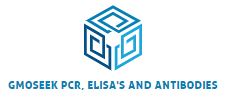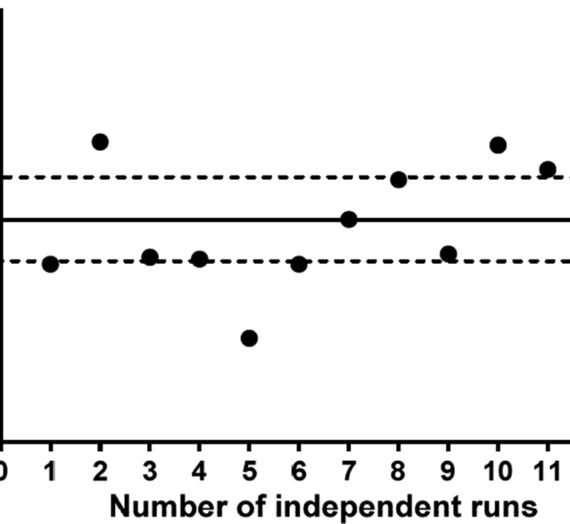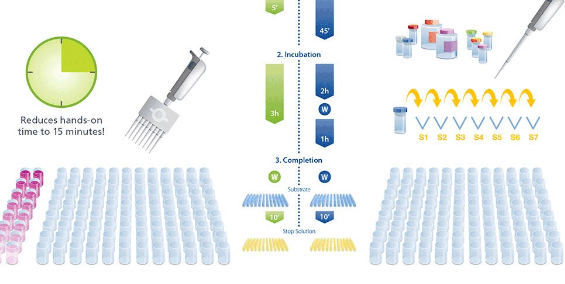Genetic testing and genetic discrimination: Public coverage when insurance coverage turns into “too costly”
We study public coverage towards the use of genetic assessments by insurers when a constructive check makes actuarially truthful insurance coverage too costly for some shoppers. With state-dependent utility, shoppers might decline actuarially truthful insurance coverage if the likelihood of turning into sick exceeds a threshold. In markets with adversarial choice, a constructive genetic check might trigger all or some excessive dangers to drop out of the market (full and partial genetic discrimination, respectively). Full participation available in the market by all shoppers requires cross-subsidization.
We present that the consent regulation and obligatory testing are equal. Under full genetic discrimination, the obligation to reveal isn’t Pareto dominated, however both the code of conduct or consent regulation can yield the identical final result. Under partial genetic discrimination, the obligation to reveal isn’t Pareto dominated. However, partial genetic discrimination and cross-subsidization suggest the data ban is noncomparable to the opposite coverage alternate options.Invasive genetic screening of pre-implantation embryos through biopsied trophectoderm (TE) cells has been in use for greater than 20 years, whereas its advantages in choosing euploid embryos stay controversial.
Recent advances within the potential to course of embryonic cell-free DNA (cfDNA) from blastocoel fluid (BF) and spent tradition media (SCM) of blastocysts in a fashion just like that of a biopsied TE pattern present a possible various holding nice promise for acquiring cytogenetic info of the embryos with out intrusive biopsy of conventional biopsy-based pre-implantation genetic testing (PGT). Several research have reported even larger diagnostic accuracy in non-invasive PGT (ni-PGT) than standard PGT. In this evaluation, we’ve got summarized the emergence and present state of ni-PGT, and mentioned our personal views on their limitations and future prospect. There continues to be lengthy strategy to go earlier than really extensive medical software of ni-PGT.

Interventions Facilitating Family Communication of Genetic Testing Results and Cascade Screening in Hereditary Breast/Ovarian Cancer or Lynch Syndrome: A Systematic Review and Meta-Analysis
Evidence-based pointers advocate cascade genetic testing of blood relations of identified Hereditary Breast and Ovarian Cancer (HBOC) or Lynch Syndrome (LS) circumstances, to tell individualized most cancers screening and prevention plans. The research recognized interventions designed to facilitate household communication of genetic testing outcomes and/or most cancers predisposition cascade genetic testing for HBOC and LS. We carried out a scientific evaluation and meta-analysis of randomized trials that assessed intervention efficacy for these two outcomes. Additional outcomes had been additionally recorded and synthesized when potential.
Fourteen articles met the inclusion standards and had been included within the narrative synthesis and 13 within the meta-analysis. Lack of participant blinding was the most typical danger of bias. Interventions focused HBOC (n = 5); each HBOC and LS (n = 4); LS (n = 3); or ovarian most cancers (n = 2). All protocols (n = 14) included a psychoeducational and/or counseling element. Additional elements had been resolution aids (n = 4), constructing communication expertise (n = 4), or motivational interviewing (n = 1).
The total impact measurement for household communication was small (g = 0.085) and never vital (p = 0.344), whereas for cascade testing, it was small (g = 0.169) however vital (p = 0.014). Interventions present promise for bettering most cancers predisposition cascade genetic testing for HBOC and LS. Future research ought to make use of family-based approaches and embrace racially numerous samples.




